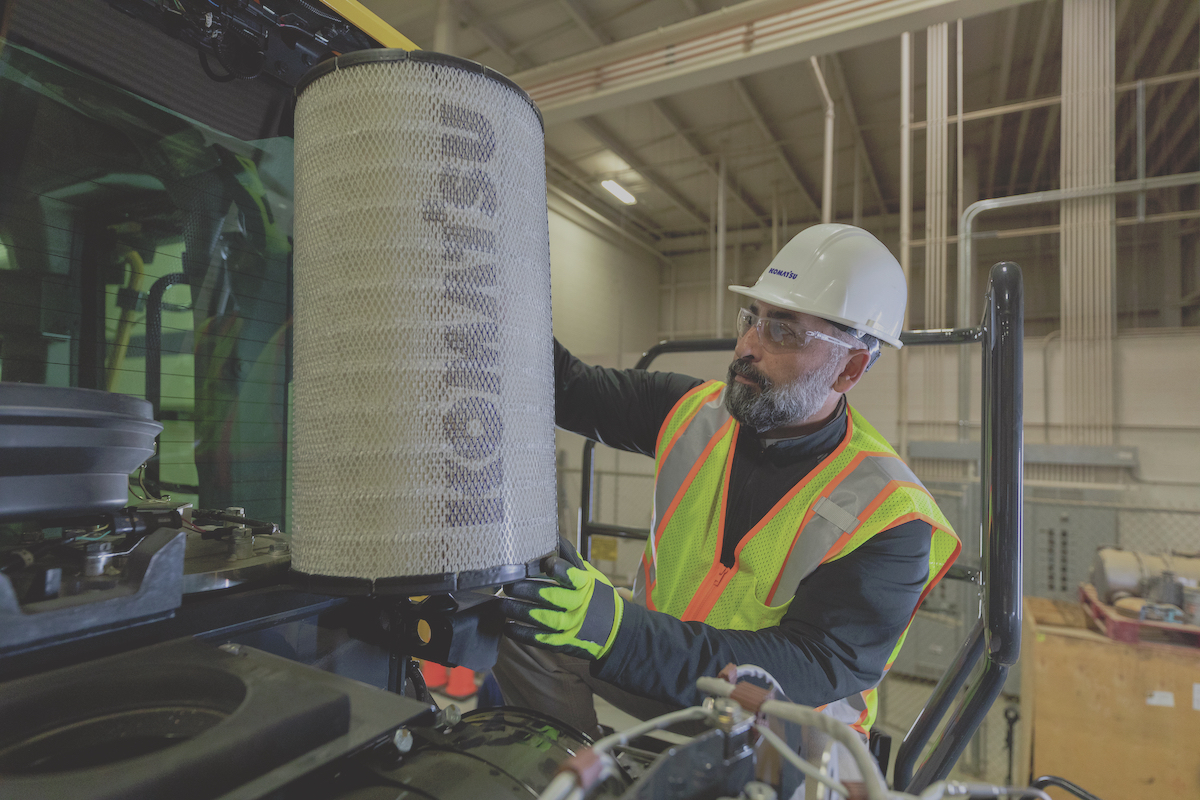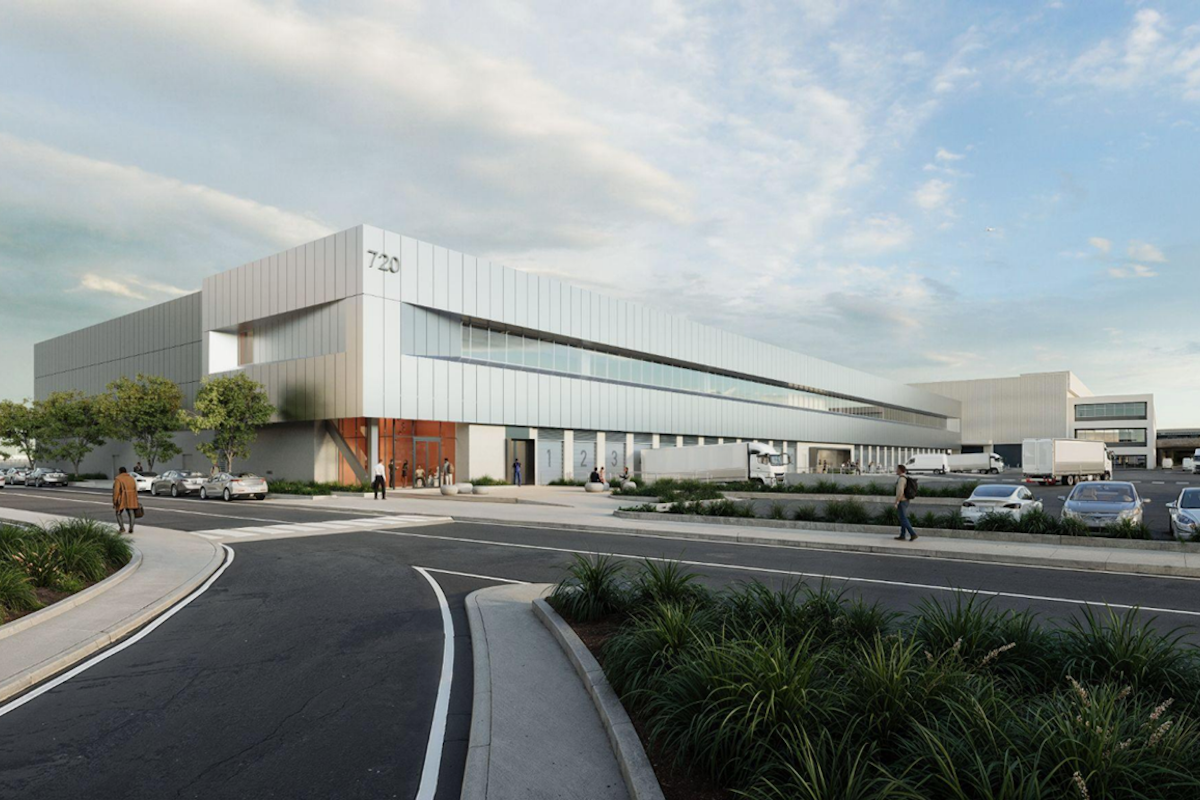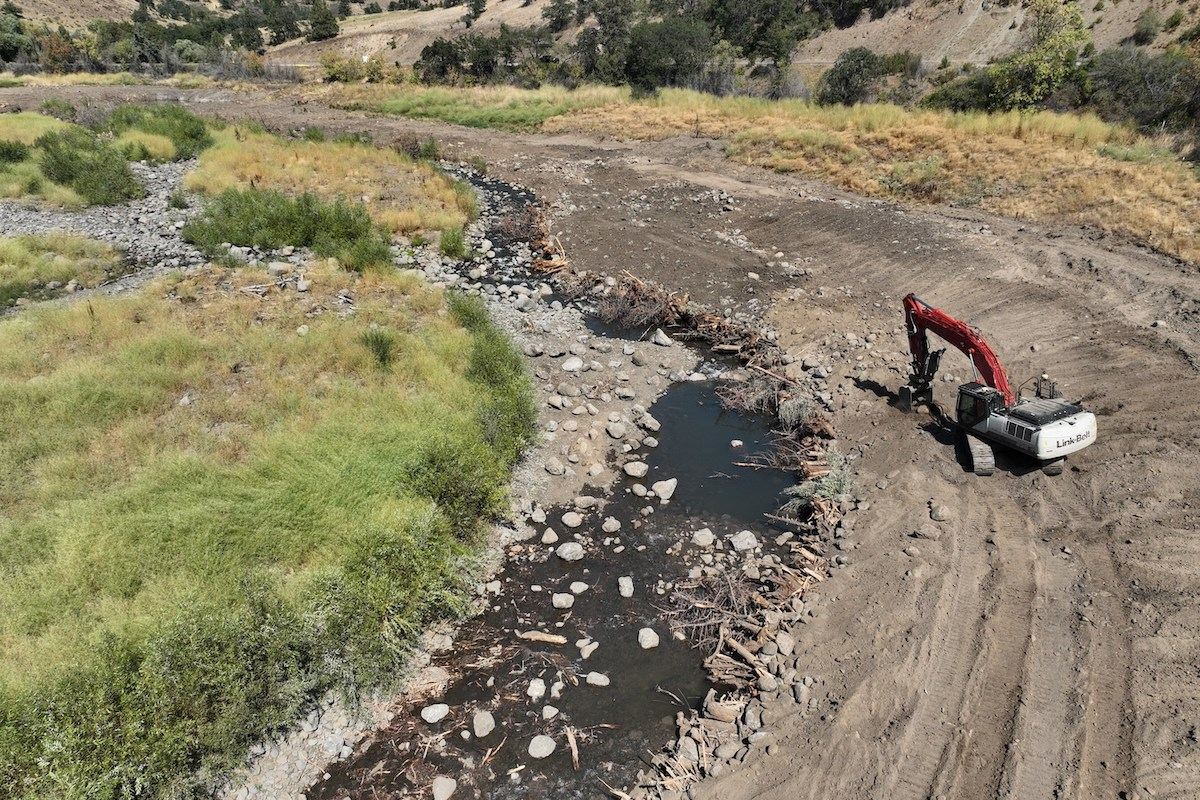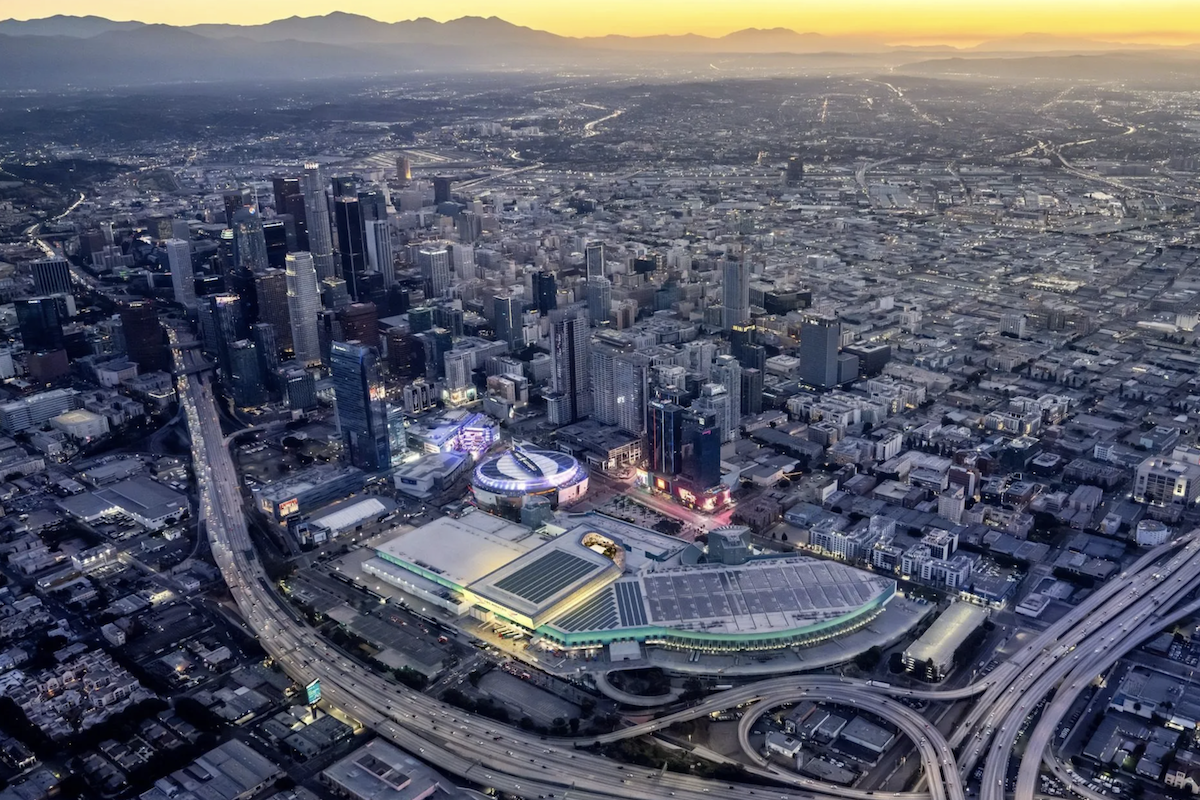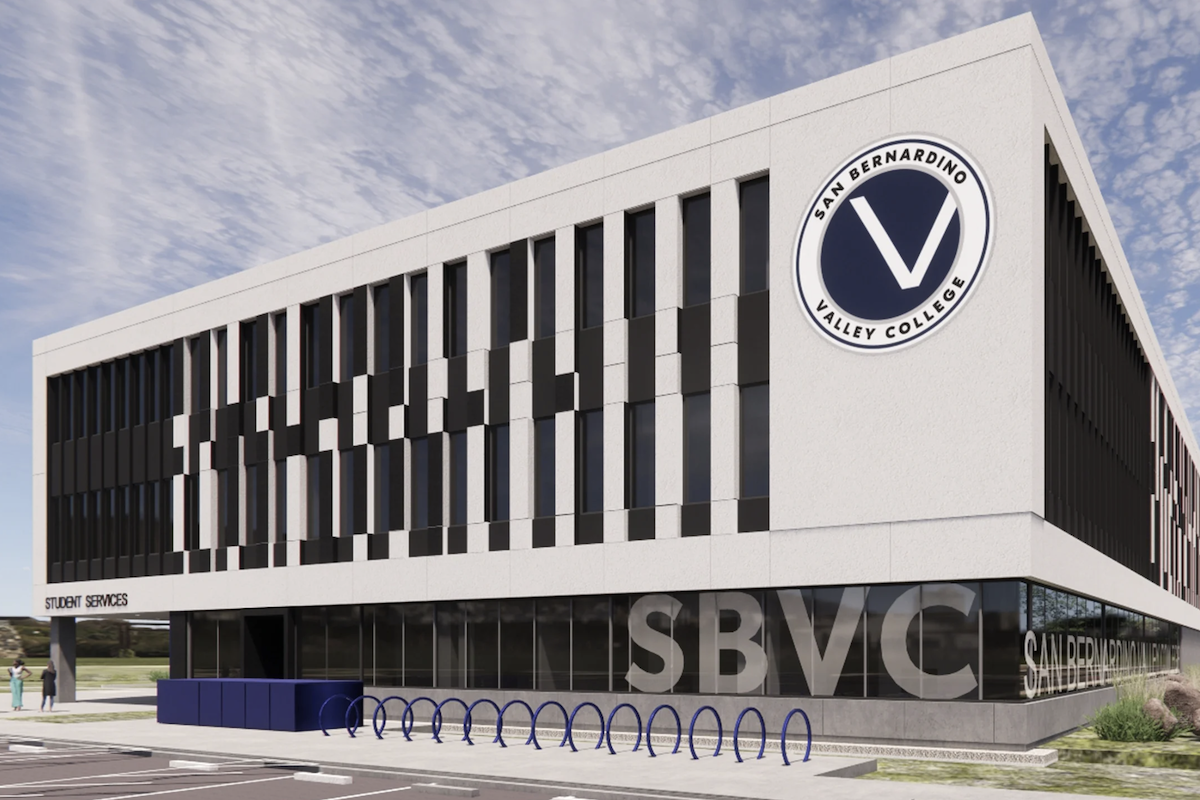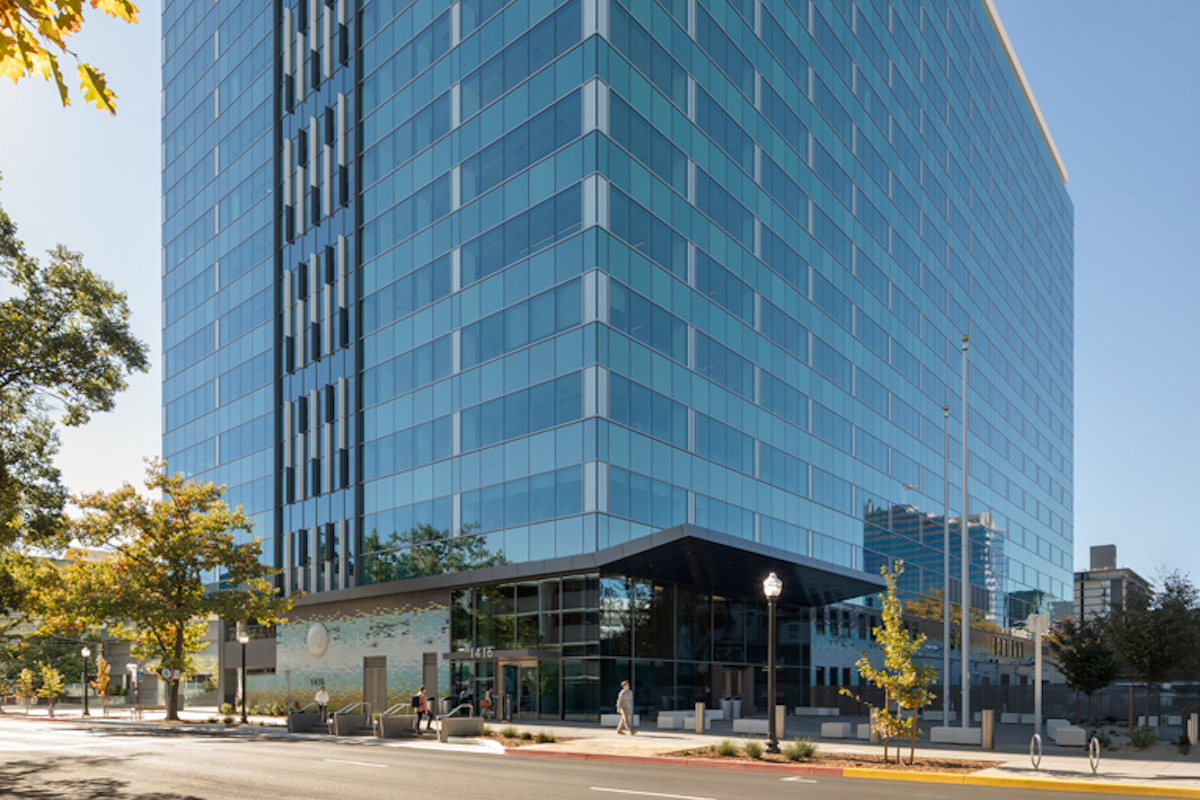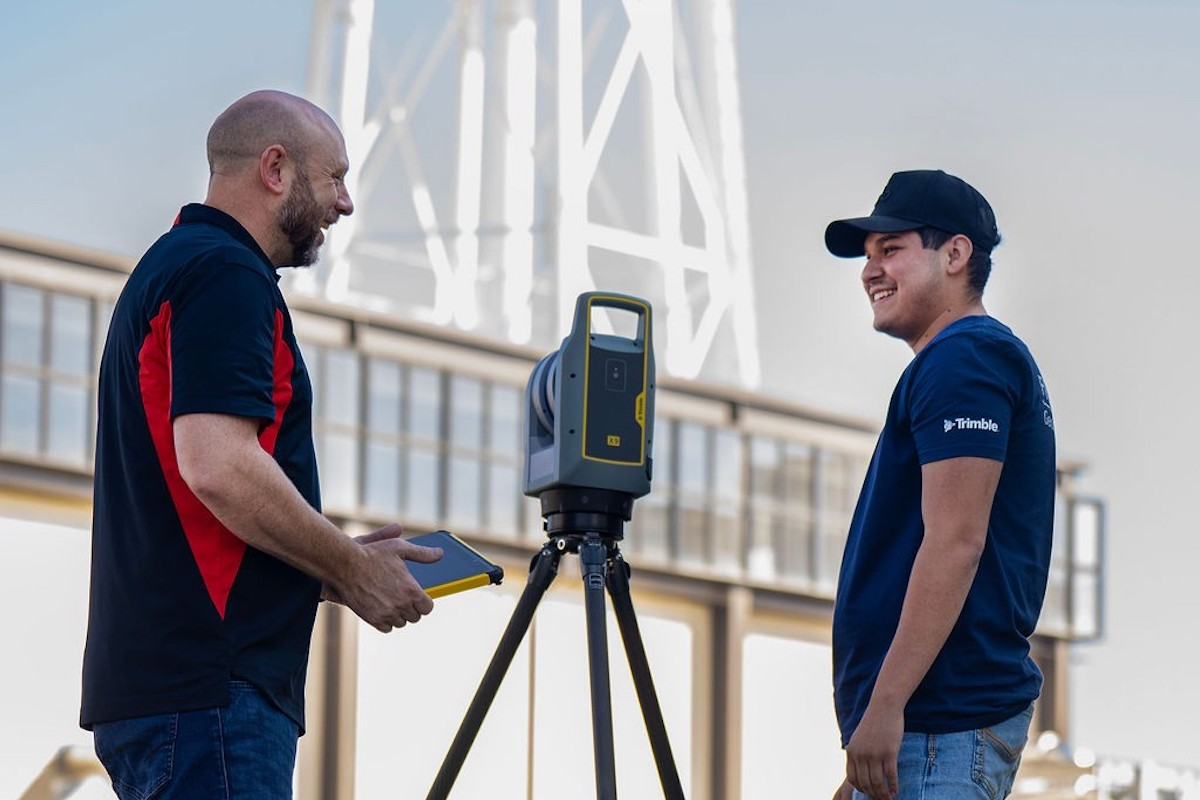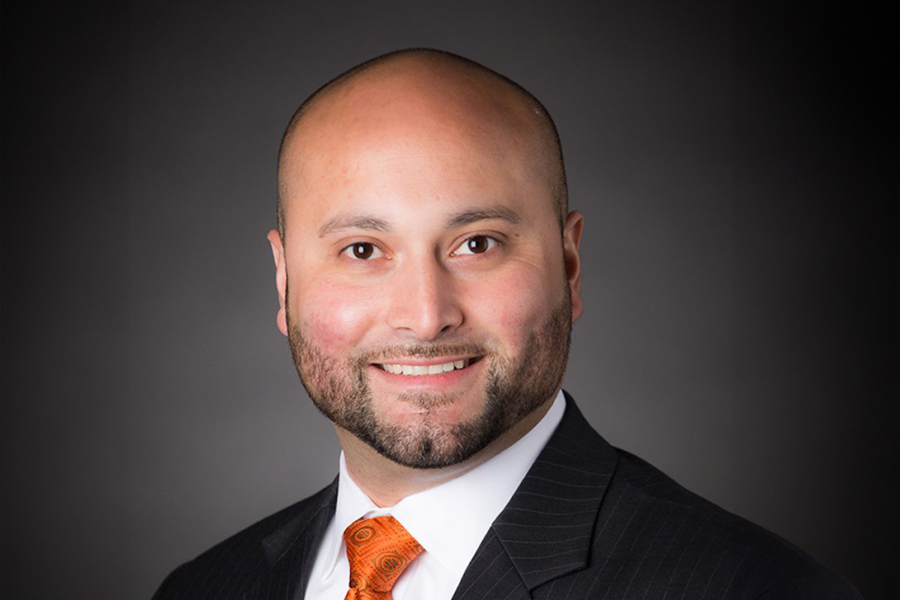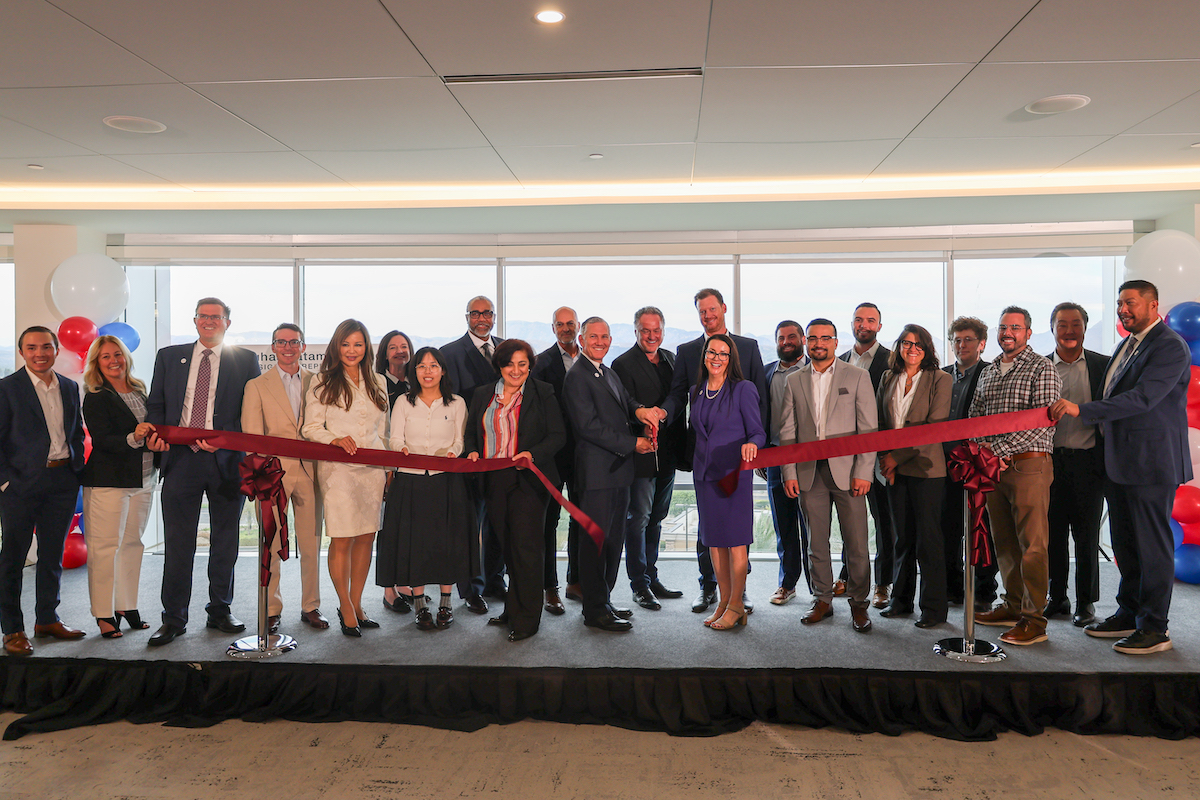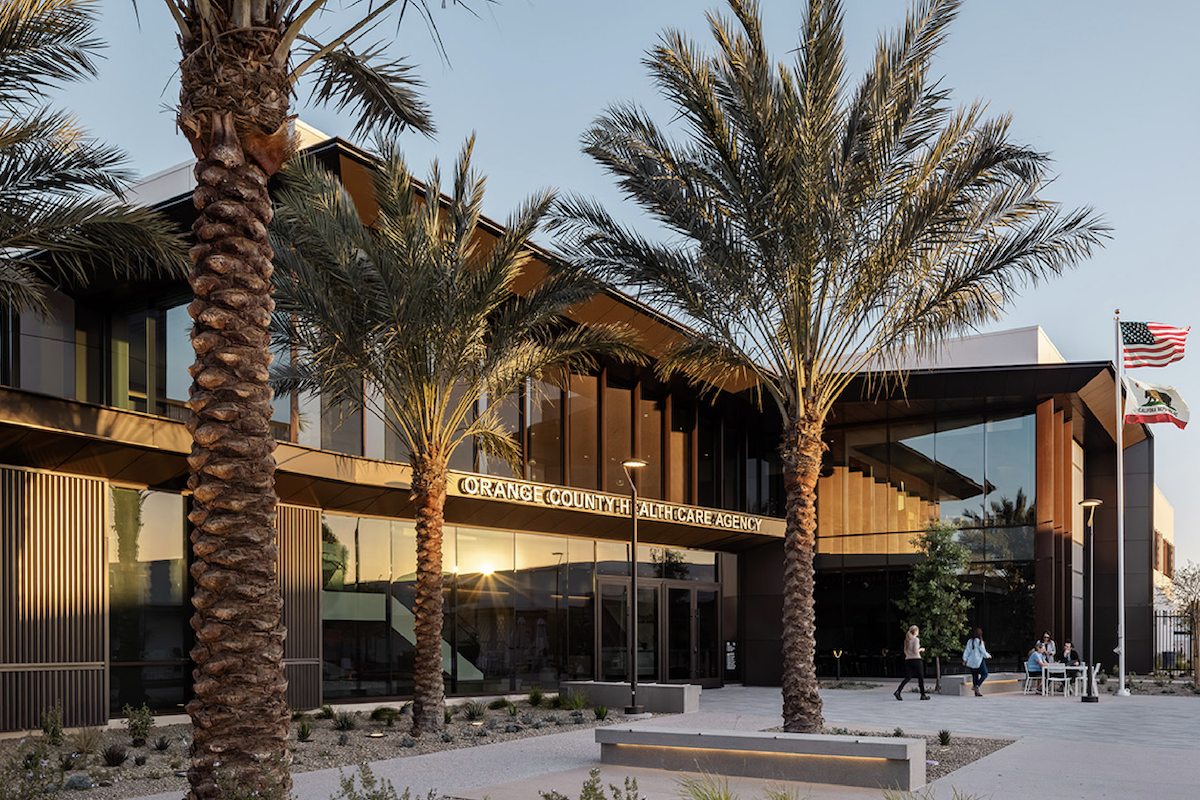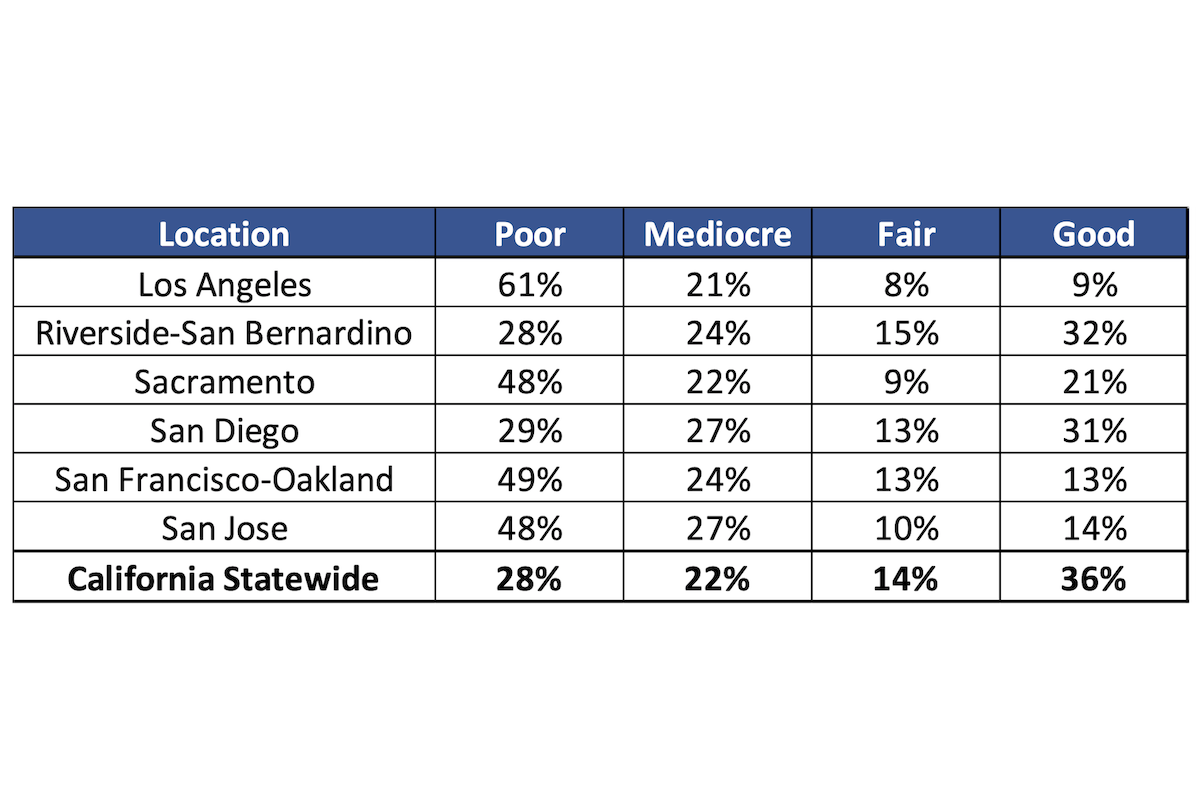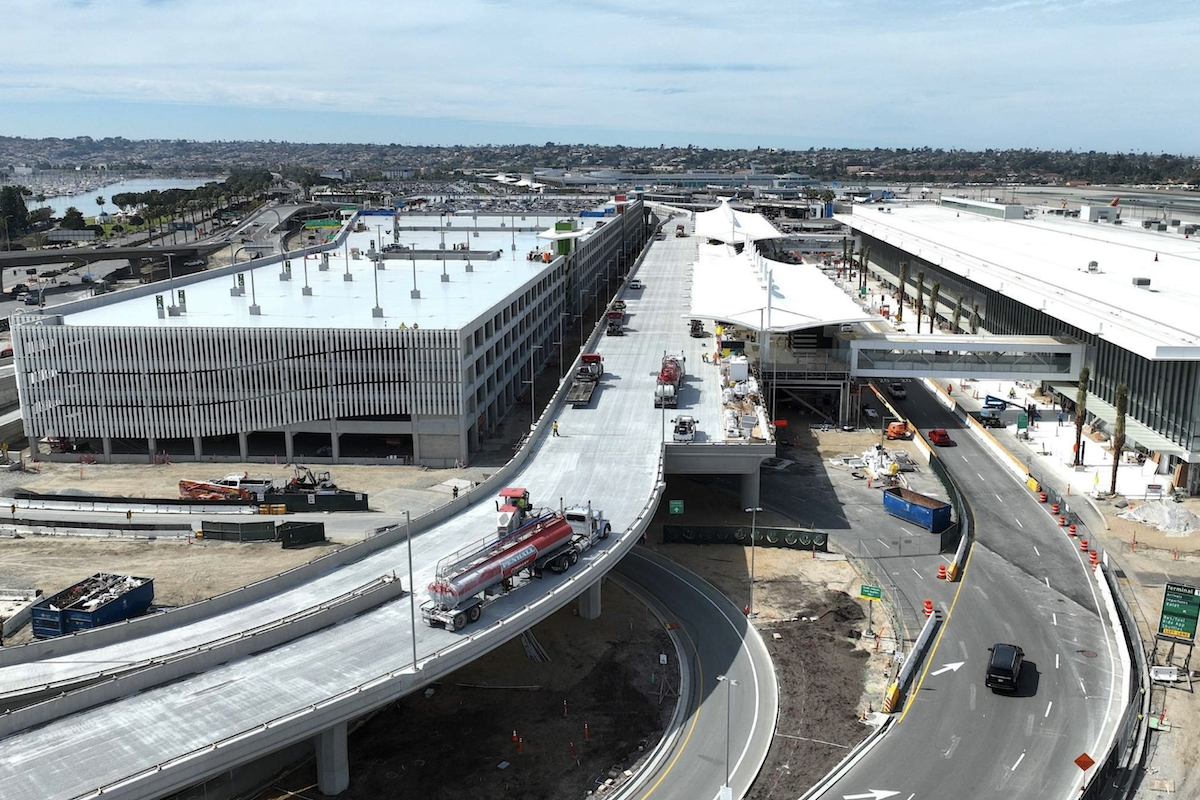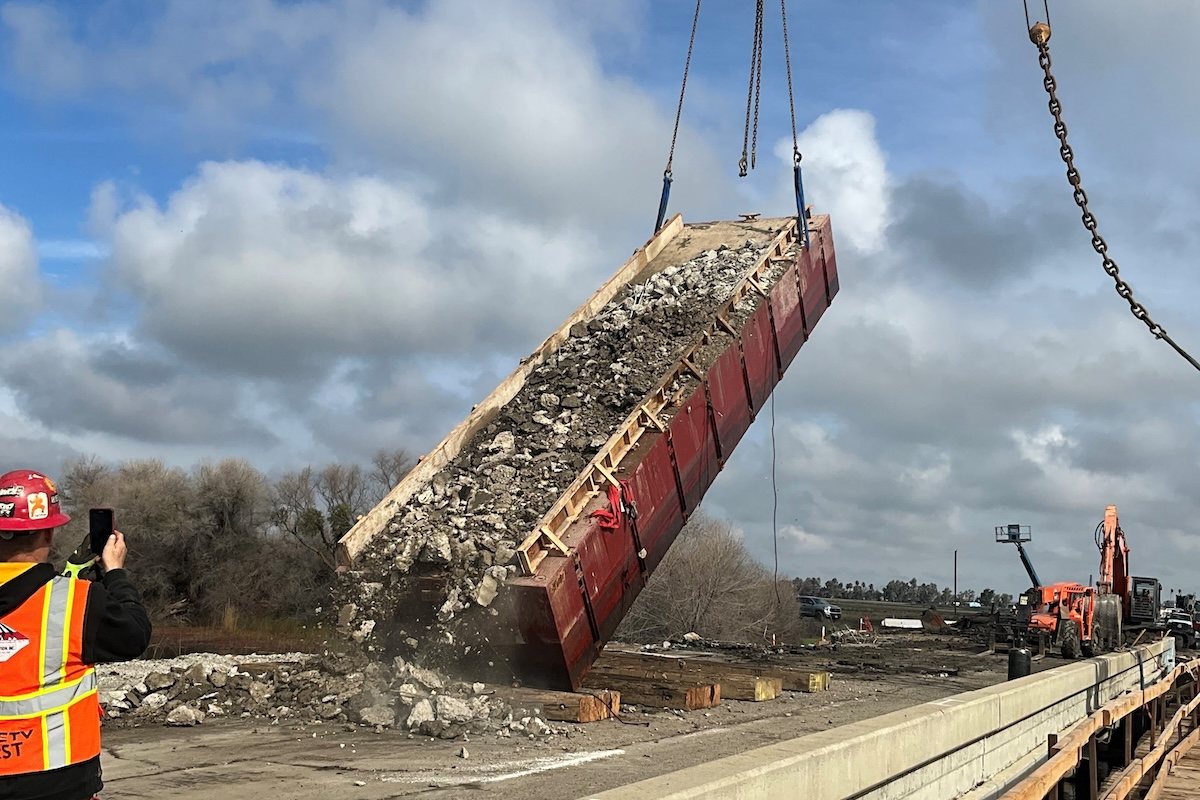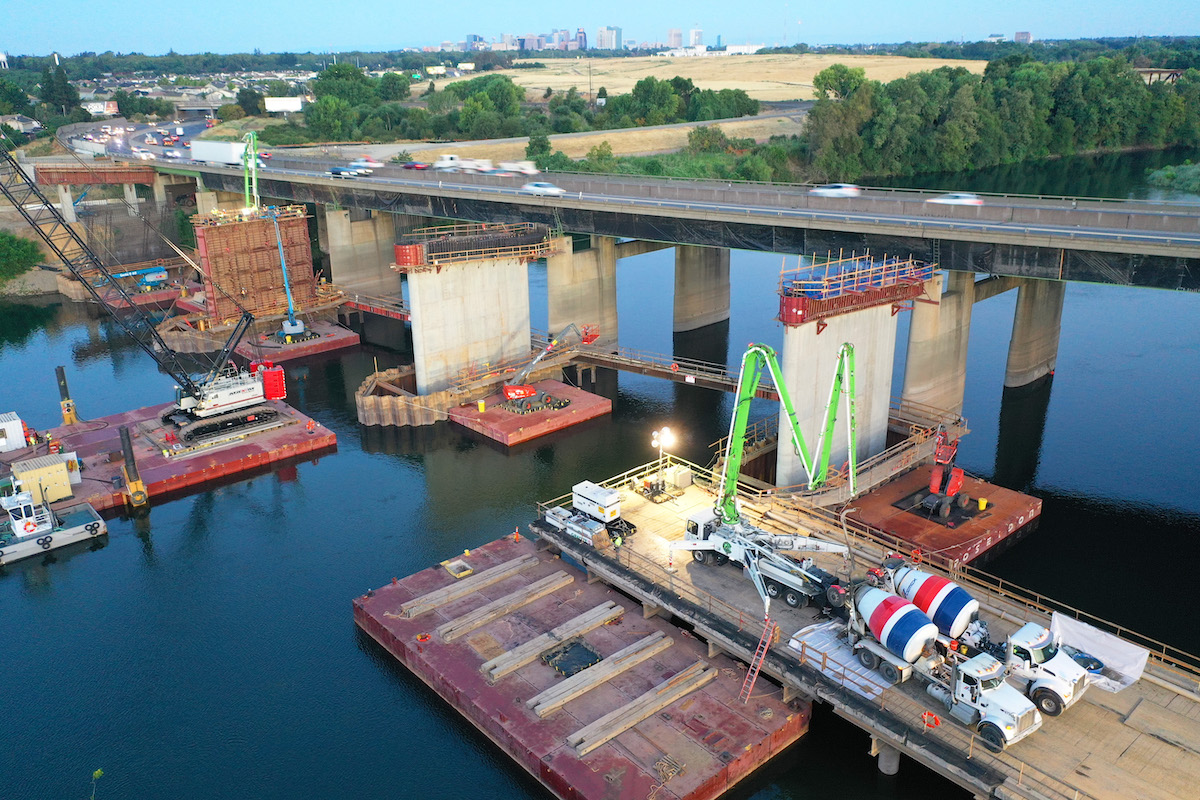Speakers included Paul Burroughs, Director of the Project Management Office at Ontario Power Generation; Tommy Gay, Safety Director at Southern Air Inc.; William Hornback, CRIS, CSHM, CST, Risk Engineering Regional Manager - Construction South at The Zurich Services Corporation; Tim Kuykendall, Safety Director at The Beck Group; Clayton S. Shoup, CIH, CSP, AVP - Technical Director - Casualty Risk Engineering at Zurich North America; and Rich Wright, CIH, CSP, Director of the Office of Safety, Health, and Environmental Management at the Smithsonian Institution. The moderator was Mike Pappas, Ph.D., Associate Director for Deployment at CII.
The panel offered a range of perspectives and provided updates on the following topics: employee safety in the office, employee safety on the jobsite, owner-contractor collaboration, and the future of construction.
“In preparation for this, we rolled out online training for all office employees to alert them of changes that were made for their health and safety,” Gay said. “These precautions included personal health screenings and illness reporting procedures; handwashing, cleaning, and disinfecting procedures; ionizing air purifiers that were placed in the air stream; face cover requirements; and room capacity limits to support social distancing, just to name a few.”
Shoup said that Zurich will begin reopening in September at the earliest and will allow 20 percent of the workforce to return. Some of the company’s precautions include removing shared equipment, reducing available work spaces, face cover requirements, and employee self-certification questions before coming in.

| Your local Trimble Construction Division dealer |
|---|
| SITECH West |
| SITECH Southwest |
Alternatively, Wright said that the Smithsonian Institution was already in Phase 1 to Phase 2 at the end of July, depending on both geographic location and amount of cases. The company had recently opened a national zoo and part of the Air and Space Museum to the public, while instituting precautions such as social distancing, face cover requirements, visitor restrictions, and the removal of interactive exhibits.
Both Kuykendall and Wright said they viewed the new COVID-19 safety precautions as another aspect of construction risk management. For The Beck Group, they focused on screening using QR codes and temperature checks, along with cleaning high-touch areas and identifying projects that did not have adequate hand-washing facilities. The company has made it a practice for workers to wash their hands every hour. Kuykendall said employees can use QR codes for safety training information, along with The Beck Group also providing socially-distanced small group training. Other companies, like Zurich and Southern Air, have implemented the use of apps for jobsite safety training.
The Smithsonian Institution’s construction projects were deemed essential, so they kept the projects going from the beginning. In early April, a construction contractor reported the company’s first COVID-19 case, and Wright said they responded by instituting an addendum to the site safety health plan. The addendum required the contractor to appoint a COVID-19 Safety Officer, and focused on implementing new training and safety requirements.
“We required prevention and control measures, social distancing controls and mechanisms, cleaning and hygiene, daily screening for coming onto the workplace, face coverings, and COVID case detection and reporting guidelines,” Wright said. “After we implemented that, it took a little time, but we see a much better process now. When we do have a case there are less folks being quarantined, and the case count has definitely gone down through the implementation of the addendum to the site safety plan. It’s worked pretty well.”
“We had to sit down and really get a common understanding of those risks and additional measures that we thought were required to manage the risks. Then we developed solutions from there. In my mind, it’s a bit like the geotechnical risk, where you have some idea of the conditions, but you don’t really know what’s there until you get to the bottom of the excavation. … It just took good conversation and trying to be as fair as possible, looking at the success of the project as the key outcome.”

| Your local Gomaco dealer |
|---|
| Terry Equipment |
Hornback said that The Zurich Services Corporation also had some concerns with cash flow and being able to “float the project.”
“It took going back to the owners and talking with contractors, owners, GCs, vendors, suppliers, everybody just collaboratively working to make sure that contract terms were still right,” Hornback said. “In some cases, GCs were hit pretty hard and owners seemed to fair pretty well, all things considered.”
Gay added that he sees a better awareness of health in the future along with an increase in handwashing and sanitizing stations in construction sites.
“For too long there have been minimal to no abilities to wash or sanitize on some sites,” Gay said. “Areas that did have them did the bare minimum of what OSHA required. That just wasn’t enough in my opinion and most folks in the field would agree.”










